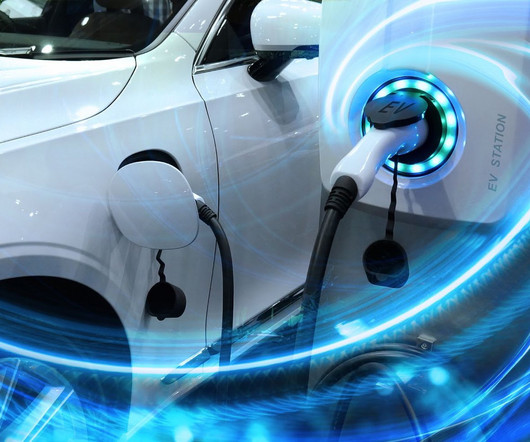What Is Bidirectional Charging? Understanding the Benefits for Both Drivers and Businesses
EV Connect
JANUARY 9, 2023
With bidirectional charging, the batteries in our vehicles can not only provide fuel for the road but energy for our homes and even our shared electrical grid. This conversion can happen within the charger or in the vehicle, depending on which device is equipped with a converter. This can further reduce your utility costs.












Let's personalize your content